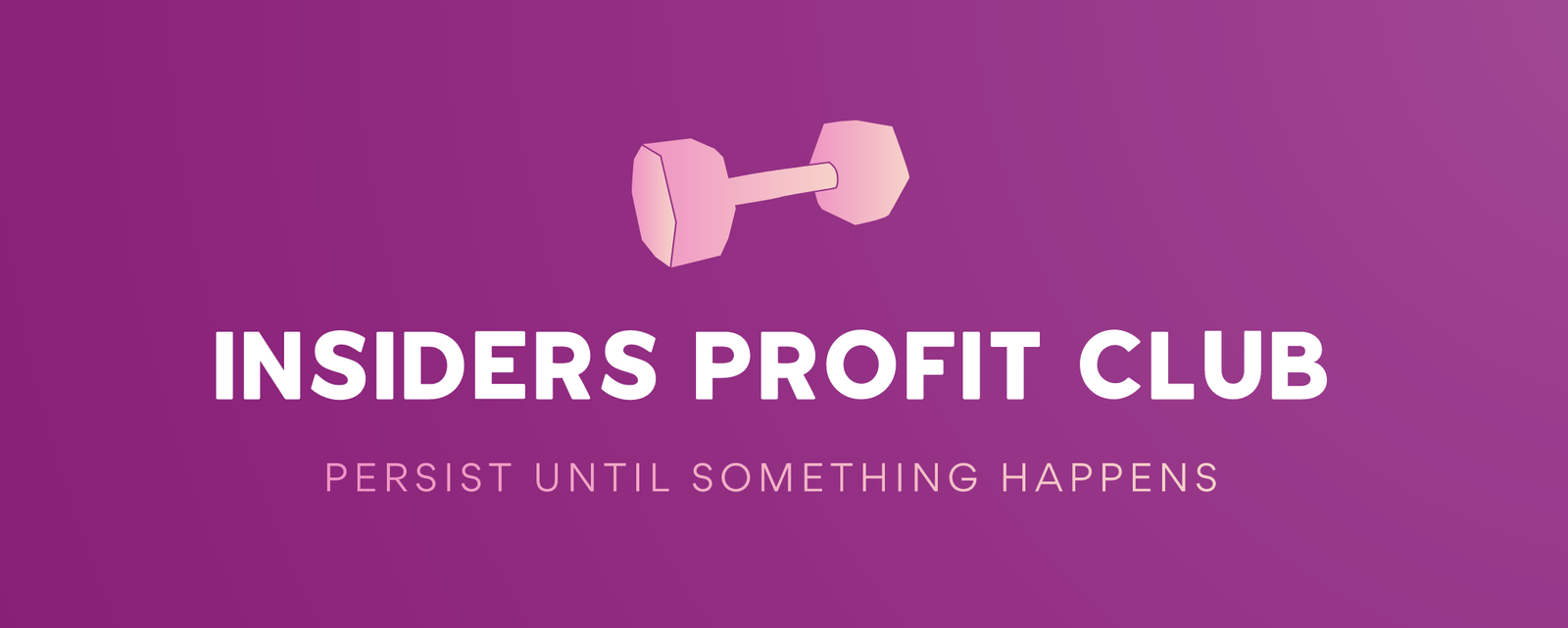Best Tips for a Successful Fitness Plan Program
When someone wants to start an exercise or fitness plan program, it’s important to consider the best approach to meet their needs and goals. Consulting with an exercise or health professional can help reduce the risk of injury and tailor a fitness program to the person’s fitness level and goals. Nowadays, more people are incorporating strength and endurance training into their fitness routine to achieve better results.
Overview of the importance of a fitness plan program
A fitness program is an essential aspect of maintaining a healthy lifestyle. It helps to improve physical health, increase energy levels, and reduce the risk of chronic diseases such as diabetes and heart disease. A well-designed fitness program incorporates elements of strength and endurance training, cardiovascular exercises, and flexibility exercises to help maintain a healthy body composition and improve overall health.
The benefits of following a structured fitness plan
Following a structured fitness plan can provide several benefits. It ensures that individuals have a clear understanding of what they need to do during each workout session, what to eat and drink, and how to progress towards achieving their fitness goals. Moreover, structured exercise programs are more efficient than randomized workouts as they can target specific areas and objectives in each session, ultimately leading to better outcomes.
Setting Goals for this fitness plan
The importance of setting achievable goals
Setting achievable fitness goals is essential for a successful fitness program. Goals help individuals to stay motivated, track their progress, and achieve their desired outcomes. However, unrealistic goals can negatively impact one’s motivation and lead to disappointment. Therefore, it’s crucial to set achievable fitness goals that suit the individual’s lifestyle and fitness level.
Tips for setting realistic fitness goals
To set realistic fitness goals, it’s important to follow these tips:
- Use visualization to find your ‘why’
- Pinpoint your ultimate fitness goal
- Set small specific mini-goals
- Monitor your progress regularly
- Adapt to changing circumstances
- Don’t be too hard on yourself
By following these tips, individuals can create achievable fitness goals that align with their motivations and lifestyle, leading to a successful and sustainable fitness program.
Choosing the Right Fitness Program
Factors to consider when choosing a fitness program
One crucial factor to consider when choosing a fitness program is an individual’s fitness goals. It’s important to set achievable fitness goals that fit one’s lifestyle and fitness level. Additionally, considering one’s schedule and availability is crucial to ensure consistency in the workout program. Age and health conditions should also be taken into account to avoid injuries and promote safe training.
Overview of popular fitness programs
Different fitness programs work for different individuals, and it may take time to find the right fit. Popular fitness programs include high-intensity interval training, weightlifting, yoga, Pilates, and CrossFit. Additionally, group fitness classes like Zumba and cycling have gained popularity over recent years. A personal trainer or fitness instructor can provide more personalized guidance and support in selecting and achieving fitness goals. Coordinating exercise and diet can also enhance the effectiveness of a fitness program.
Creating a Fitness Schedule
Tips for creating a weekly fitness schedule
When creating a weekly fitness schedule, individuals should consider their fitness goals, availability, and fitness level. It’s essential to start slowly, allowing the body to adjust to new activities gradually. Planning to include different activities can prevent boredom and keep the body challenged. Using a journal to track progress can also help motivate individuals to continue with their fitness routine.
How to balance cardio, strength training, and rest days
A balanced fitness routine should include cardio, strength training, and rest days. Cardio activities help strengthen the heart and burn calories, while strength training builds muscle mass. Rest days allow the body to recover and prevent injury. A sample schedule could include two to three days of cardio, two to three days of strength training, and two rest days. Individuals can adjust the schedule to fit their needs and goals. A personal trainer can provide personalized guidance and support in creating a balanced fitness schedule.
Staying Motivated
The importance of motivation in sticking to a fitness program
Motivation is a key factor in sticking to a fitness program. Without it, individuals may struggle to maintain a regular exercise routine, which can hinder progress towards achieving fitness goals. Setting specific and measurable goals, creating a fitness schedule, and tracking progress can help individuals stay motivated and on track with their fitness program.
Tips for staying motivated during workouts
To stay motivated during workouts, individuals can try different strategies such as listening to music, working out with a partner, trying new activities, setting small goals, and rewarding themselves for reaching milestones. It’s also essential to focus on the positive benefits of exercise, such as improved physical and mental health. Additionally, staying organized and planning ahead can help individuals stay on track and committed to their fitness journey.
Nutrition
Tips for a healthy and balanced diet
Maintaining a healthy and balanced diet is essential for overall fitness and well-being. Here are some tips to consider:
- Get off to a good start by making breakfast a part of your routine. Choose complex carbohydrates, lean protein sources, healthy fats, and a wide variety of fruits and veggies.
- Count on the right carbohydrates that provide the necessary energy for exercise.
- Pack protein into your snacks and meals to help fuel your exercise routine.
- Boost your fruit and vegetable intake to provide essential vitamins and minerals.
- Choose healthy fats such as those found in nuts, seeds, and avocados.
- Fuel up before exercise to help improve performance.
- Avoid cutting too many calories as this can negatively affect energy levels and hinder progress towards fitness goals.
Remember to set short-term goals, practice a variety of exercises, and make healthy food choices that are low in added sugars, saturated fats, and sodium. By following these tips and listening to your body, you can achieve a healthy and balanced diet that supports your fitness journey.
Tracking Your Progress
Tools and methods for tracking progress
To increase the likelihood of reaching fitness goals, tracking progress is essential. Here are ten tools and methods for measuring progress:
- A scale can measure weight loss or gain.
- Taking photos can visually show changes in body composition.
- A mirror can reveal changes in muscle definition.
- Measurements of body parts, such as waist and hip circumference, can track progress in fat loss.
- Skinfold measurements can help estimate body fat percentage.
- Hydrostatic weighing involves submerging the body in water to measure body density and can provide a more accurate body fat percentage measurement.
- DEXA scan is a medical imaging technique that measures bone density, body fat percentage, and muscle mass.
- Bioelectrical impedance involves running a small electrical current through the body to estimate body fat percentage.
- Fitness trackers and apps can monitor how much time you spend exercising each day.
- ShapeScale is a 3D body scanner that captures a detailed image of the body and tracks changes in body composition over time.
Remember to choose a tracking method that suits your lifestyle, personality, and fitness goals. By staying consistent and monitoring progress, you can stay motivated to achieve your fitness goals.
Conclusion
Final thoughts and recommendations
Tracking progress is essential for achieving fitness goals. There are various tools and methods available such as scales, measurements, fitness trackers, and ShapeScale. It is important to choose a tracking method that fits your lifestyle, personality, and fitness goals. By staying consistent and monitoring progress, you can stay motivated to achieve your fitness goals.
Regular physical activity has numerous benefits for physical health, cognitive performance, and psychological well-being. It is recommended to engage in at least 150 minutes of moderate-intensity aerobic exercise or 75 minutes of vigorous-intensity aerobic exercise per week. Incorporating strength and flexibility exercises is also important for overall health. Always remember to consult with a healthcare professional before starting any new exercise program.







